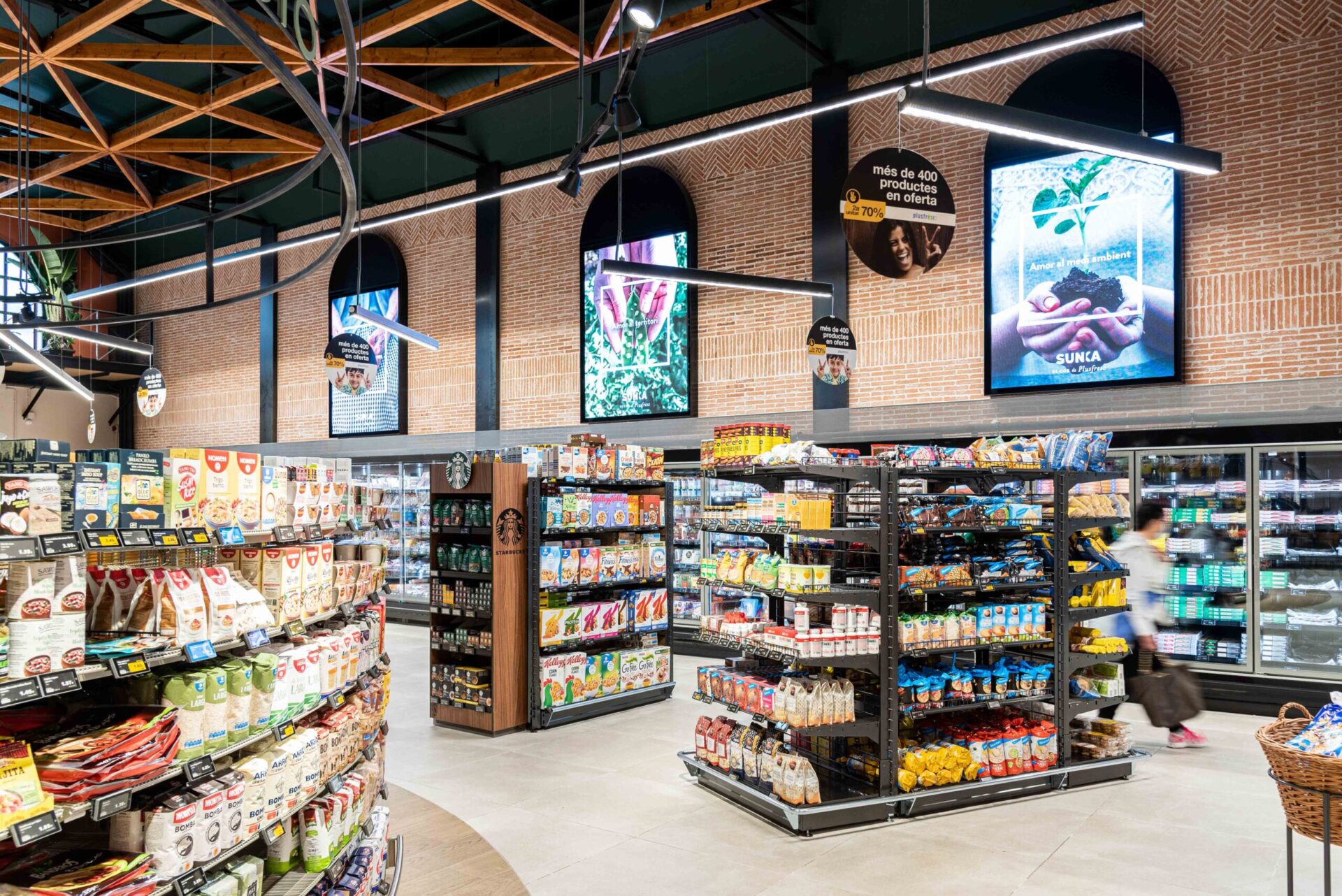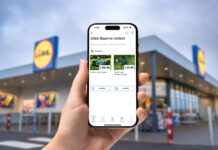Even before the pandemic, the bricks and mortar aspect of the retail sector was undergoing major changes as the battle to attract people into stores, rather than shop online, intensified.
As shoppers return to malls and high streets, this trend shows no signs of abating, as retailers look to provide unique, interactive and frictionless experiences that tie in with digital offerings.
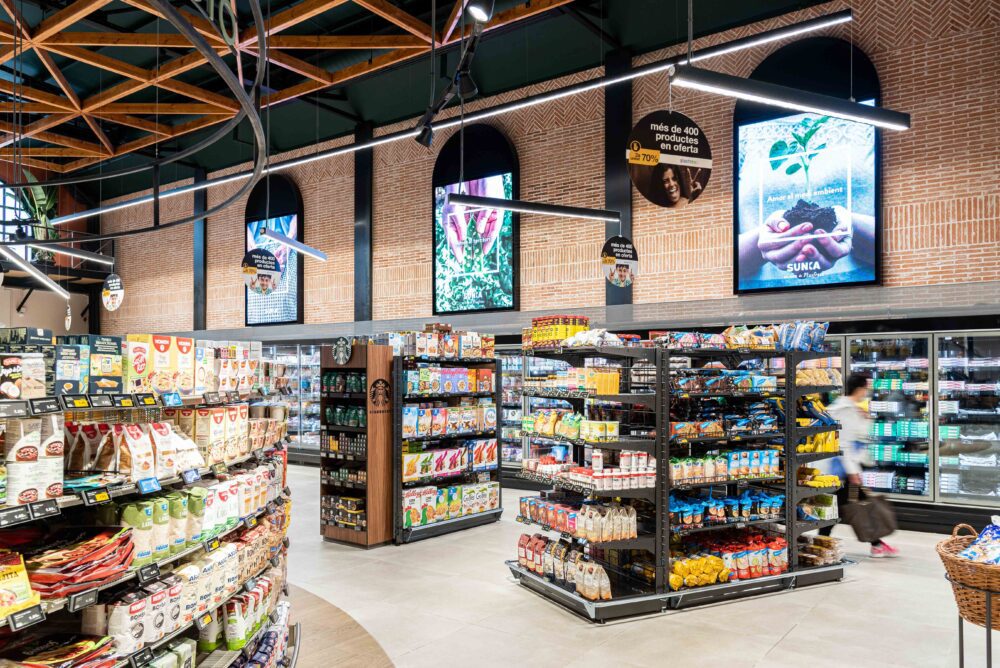
Toni Viñals, CEO at nsign.tv, says: “The retail sector is facing a stage of reinvestment in its business models in physical establishments with the desire to achieve a return to normality by offering consumers better shopping experiences that are both safer and more interactive so that the customer’s journey is as attractive as possible.”
Scott Pickus, marketing manager at Dynascan Technology, says: “After more than a year of lockdowns and limited access to stores, retailers are inevitably feeling the pressure to restore traffic inside their physical locations. While online shopping has alleviated the loss of income for some retailers, a physical presence is needed more than ever to maintain brand loyalty and increase revenue.
“We do see a sustained demand for window displays in retail. The aim has not changed – it is still about getting the customer inside the store – but the pressure to have live displays in windows is increasing post-Covid.”
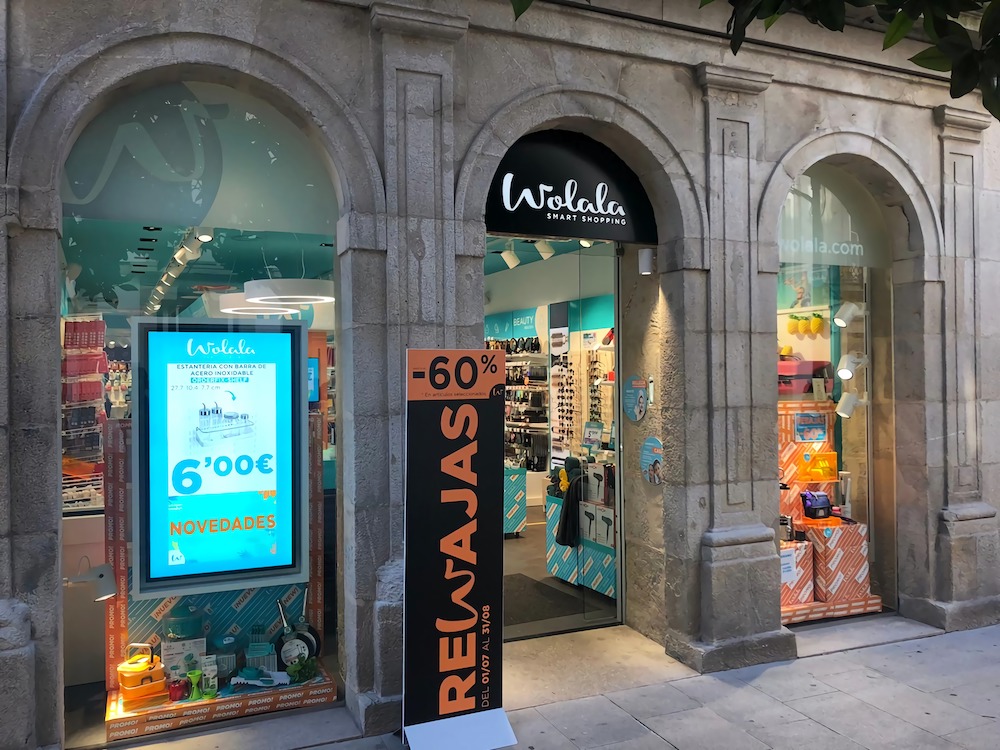
To entice people into stores, retailers are choosing to offer multiple interactions and touchpoints to enhance the customer journey, with digital signage and eye-catching displays playing a prominent role for many. Supermarkets, for example, are targeting promotions based on different areas of their stores or using screens to manage queues. Elsewhere, digital signage inside point-of-sale elements is being used to inform and educate customers. Digitalisation is also helping retailers to keep their customers entertained while visiting the store.
Pickus adds: “Window-facing digital signage is one of the most effective and economical ways to bring visitors back inside stores by enabling retailers to communicate and update the public instantly on new promotions, sales and trends. This is exceptionally helpful in industries such as fast fashion, where styles are being changed out continuously, and restaurants, where new menu additions and daily specials can be visually displayed.”
One example of this in action is furniture retailer Ikea’s Vienna downtown concept. The store features extensive digital signage, kiosk terminals, full app integration, a hotel, restaurant, and roof terrace to provide a completely new shopping experience.
Of particular interest is the digitisation of the customer journey and the role of digital touchpoints in the store. Well over 100 displays have been installed across the store’s five floors to bridge stationary retail on limited space with ecommerce. Most of the digital touchpoints are digital posters designed to provide both product inspiration and product information. Interactivity is king at the restaurants, which now feature self-order kiosks similar to QSR restaurant chains. Relatively new to Ikea are shop windows and check-out zones on all floors, all designed to engage, entertain, and inform customers.
This level of digitalisation is also helping retailers to measure and analyse how their customers behave from the moment they decide to enter the establishment until the end of the purchase process.
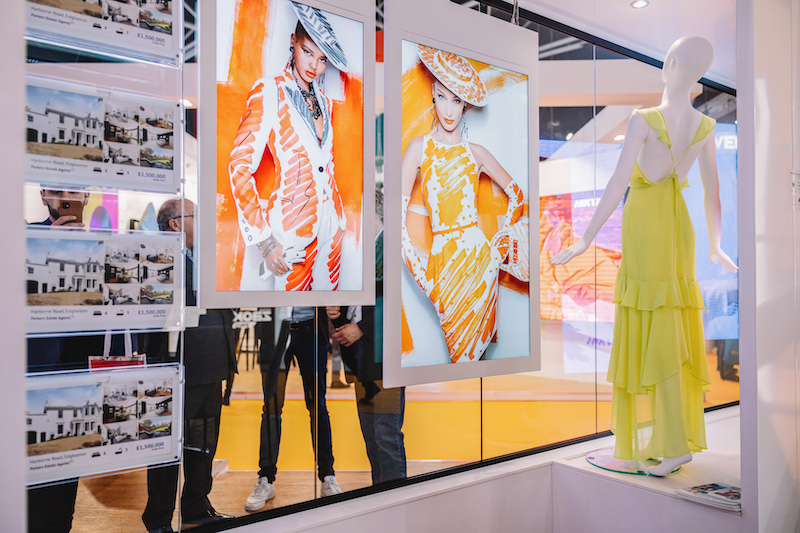
Personalised preferences
Creating a consistent and personalised shopper experience across physical and digital stores continues to be a challenge, but AV is providing a solution. Viñals adds: “AV systems are being used for a wide variety of functions that allow consumers to experiment with products and obtain personalised information as well as access to promotions and products with special prices in a visually powerful way. From click and collect screens to lift and learn experiences or interaction with touchscreens to navigate the retailer’s website and choose the desired product for immediate purchase at the stores, all are positive experiences facilitated by AV systems.”
Pickus agrees: “A digital medium allows retailers to match the speed of their in-store advertisements with those of their online shopping platform. Data collected from online engagement can even be applied to tailor in-store messaging and content based on online trends and demand. Good content is always key. Eye-catching, dynamic content helps to engage and attract viewers in a way that static imagery or printed posters simply can’t achieve.
“From lift-and-learn POP displays to interactive mirrors to digital mannequins, AV is providing retailers with powerful new tools to engage customers and augment the traditional in-store shopping experience with digital elements to bridge the gap with online storefronts and give shoppers an incentive to shop in-store.”
Looking ahead and the future looks positive for this sector, as Viñals explains: “We keep seeing an increase of digitalisation processes from small to large retailers. In 5 to 10 years each store and business will have screens to inform, communicate or interact with its customers, employees and visitors. We have an amazing future in front of us. Also, the coexistence of in-store digital systems (brands and retailers) will continue to be market trends with the aim that the offline and online experience of consumers are co-ordinated as a single user experience.”
ISE 2022
ISE 2022 will welcome exhibitors showcasing the very latest technologies for the retail sector. Central to this will be the Digital Signage and DOOH Zone in Hall 6, where all kinds of signage and displays will be on show, from transparent and flexible units to those controlled by touch, voice and gesture. Suppliers covering the entire digital signage solutions ecosystem will be in this hall, including digital signage software, media players and display controllers.
The Digital Signage Summit, run in partnership with invidis consulting and chaired by its managing director Florian Rotberg, will also return this year. Taking place on Monday 31 January, this full-day event will explore the business, technology and strategy of the digital signage and DOOH marketplace.
There will also be a Retail Stage in Hall 6, presenting case studies from innovative retailers large and small. This will be free to attend.
Mike Blackman, Integrated Systems Events Managing Director, explains: “As a physical, in-person event, we are in a unique place to bring all elements of the industry together under one roof and we cannot wait to see you all. In the build-up to Barcelona we have worked hard to ensure that ISE 2022 offers a safe, enjoyable and very worthwhile experience for the industry to showcase innovation, be inspired by some of the brightest in the business. We look forward to seeing you there.”
Integrated Systems Europe (ISE) 2022 will take place at the Fira de Barcelona, Gran Vía, on 1-4 February 2022.
For more information, please visit www.iseurope.org
